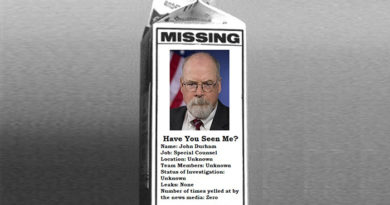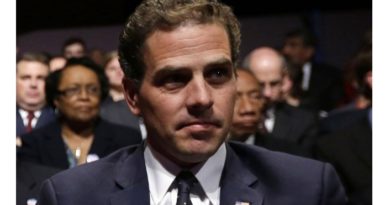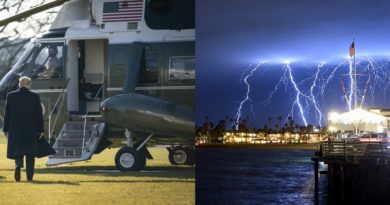Hope and Disappointment In Sioux Falls

There was no middle ground. There never was. My Pillow founder and colorful CEO Mike Lindell hadn’t left himself any.
For months he had boasted the Cyber Symposium he would host in Sioux Falls South Dakota would be a massive game changer when it came to the 2020 election theft. It was repeatedly claimed by the time the event was over, the evidence would be so conclusive no one could honestly deny it.
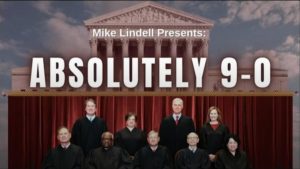
Indeed, one of the last videos Lindell made to present this new evidence was entitled “Absolutely 9-0”, because what Lindell would show the world was going to be so irrefutable all nine Supreme Court justices would vote unanimously that the 2020 election was stolen.
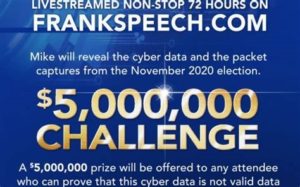
The My Pillow entrepreneur was so confident, he even put up a $5,000,000 challenge, saying anyone who successfully refuted what he had would win the money.
So, what exactly was this earth-shattering new evidence that Lindell’s Cyber Symposium was arranged around? It is data packet captures or ‘pcaps’ of internet activity that Lindell claims were recorded by unknown persons from November 3 to November 5 of last year. These mystery persons then handed off these data recordings to him back in January.
“It’s going to be a worldwide event,” Lindell boasted to the press. “Millions are going to see it. And those Supreme Court justices are going to look at it then, and they’re going to go 9-0 that this country was attacked. The election is going to come down. Donald Trump will be in office by this fall, for sure.”
As you can see, Lindell was not shy when it came to forcefully stating the powerful effect these pcaps were supposed to have on the election theft debate currently going on in this country. Multiple states such as Georgia, Pennsylvania, Wisconsin, Nevada and others are preparing to join Arizona in conducting audits of the 2020 election – or taking introductory steps to begin doing so.
Reporting From Sioux Falls

I received an invitation to the Cyber Symposium and was right there on media row at the back for most of the three days the event was occurring. I made no secret that I was really looking forward to seeing these mysterious pcaps in close detail and hearing about them from the cyber experts Lindell had brought in. I was fully expecting Lindell and his team to come through.
I had engaged in a three-week crash course of what data packet captures are, how they are recorded and why, what they must contain to be useful as forensic evidence in a courtroom. That was so I could better understand the intense pcap presentations I expected to be observing during the course of the event.

[One of the most entertaining educational items I found in my research of pcaps came from cyber expert Draza Smith, who made a humorous and very effective video called “Pcaps for Fashion Models” which you can watch at this link: https://rumble.com/vkgqhl-pcaps-for-fashion-models-explaining-packet-captures-to-a-non-tech-crowd.html ]
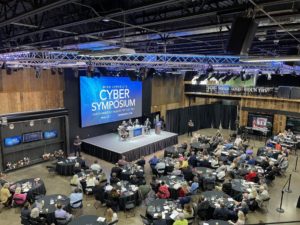
The symposium itself was held in a very intimate room inside the South Dakota Military Heritage Alliance building, a small auditorium only around 60 yards wide and 30 yards deep. By my inexpert estimate less than 300 people were in the main room as attendees. Symposium, Military Alliance and security guards from the Colorado Security Agency accounted for another 150 or so.
What Exactly Were the Pcaps Supposed To Irrefutably Prove?
Lindell had spent months in various enthusiastic self-produced videos and interviews claiming the data packet recordings were going to irrefutably prove:
- That election machines in thousands of U.S. counties were connected to the internet during the 2020 election
- That foreign hackers gained access to the machines during the election
- That vote totals were tampered with by these foreign hackers, with hundreds of thousands of votes being switched from President Donald J. Trump to challenger Joseph R. Biden
- That the officially certified vote totals for each U.S. state had been tampered with and the pcaps would reveal the true vote totals for each state.
So, the stakes at the Symposium were very clear and they were very high: Lindell was either going to irrefutably prove these four things, or he wasn’t.
And when it was all over at the end of the third and final day…no pcaps had been presented to the audience in the room or to the millions watching by livestream to prove a single one of the four points, irrefutably or otherwise.
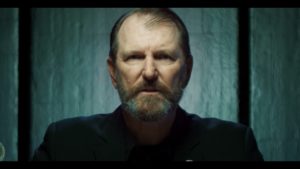
Cyber Team Leader Col. Phil Waldron explained to the disappointed audience that some kind of malware or ‘poison pill’ had been found inside the data packet files, something that instantly caused the review of the data to be halted. Unfortunately – and you could hear the disappointment and frustration in his voice – the expected definitive verdict on the pcaps would not be forthcoming.
This startling development also meant that Lindell’s $5,000,000 challenge was also now off the table – how could anyone have a chance to refute the validity of the pcaps if they were never brought out?
We are now being told the pcaps are still being rigorously examined and tested, and hopefully they can be seen at some future point. But that does not change the fact that the pcaps missed their debut ball, their grand coming out party. A party where hundreds of people were invited and encouraged to attend, many of them at great expense to themselves.
You Cannot Downplay What Happened Here
While some people may want this disappointing development sugar-coated and spun in such a manner as to soften this setback, I simply don’t see how that can be done.
You can’t spend three months claiming you have something utterly fantastic, boasting it’s an irrefutable silver bullet, how you’ve had ‘dozens of experts’ check it out and prove it’s gold…and then after you’ve gathered everyone together for the big moment of triumph, you come out on the last day and say you actually can’t show any of this to anybody and not end up causing some major fallout.
People are right to be incredibly disappointed, even though many other good things did happen at the symposium.
I don’t blame Mike Lindell at all for what happened here. There were too many people involved, too moving parts, and while his intentions with these pcap claims were good, it looks like it all simply got away from him.
No Silver Bullet? No Problem!
And as I explained towards the end in my Cyber Symposium recap video, the pcaps failing to materialize isn’t stopping anything in the growing audit movement, which is now stronger and more robust than ever. There were some fantastic presentations that clearly showed the gathered audience -which included representatives from all 50 states – massive evidence of election fraud in November 2020.
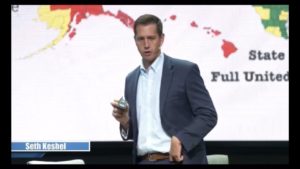
Some of the presenters, such as Captain Seth Keshel and Professor David Clements gave such powerful evidence that anyone watching who had been on the fence about fraud in the 2020 election would be very hard pressed to stay there. Patrick Colbeck and Col. Waldron also gave key presentations, and if you missed the Cyber Symposium, you can still view it in it’s entirety at Frankspeech.com.
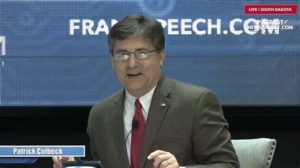
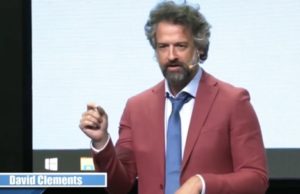
There were also several other fascinating developments over the three days of the event that I’ll be covering in other columns – such as what happened in Mesa County, CO., and introduction of new evidence involving election machine ‘snapshots’ taken before, during, and then after the 2020 election.
Don’t get me wrong, it would have been nice to have that silver bullet from the pcaps. But in the end, the patriot movement that is sweeping this country to fix the 2020 election crime and bring about the much needed election reforms did not really need it.
Nothing can stop what is coming.
Brian Cates entered the political arena in March 2012, following the death of Andrew Breitbart. He is currently a political columnist for The Epoch Times and UncoverDC. Brian is based in South Texas and is the author of: “Nobody Asked For My Opinion … But Here It Is Anyway!”
You can follow Brian and see what he’s saying about current events at his Telegram channel
Brian’s TeeSpring Store, “The Rise of the New Media”

